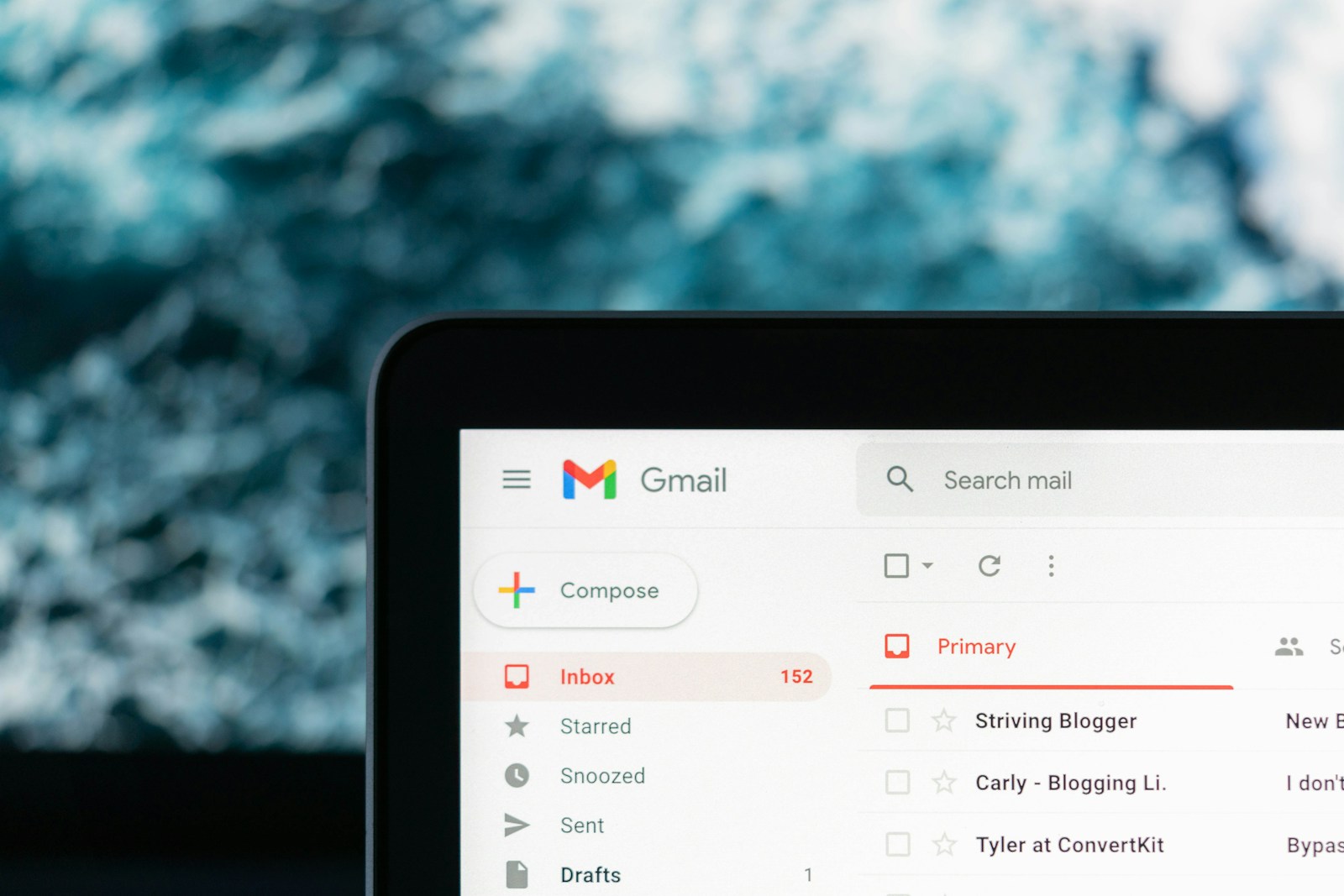Across the digital landscape, the buzz of online communication forms a background soundtrack to our daily lives. From the bleary-eyed first scroll on our smartphones to the last click of an email sent into the night, our screen-lit faces are proof of our undying love for staying connected. The narrative of digital communication is woven with various threads, but among them, email and instant messaging stand out as the titans of our virtual conversations. Yet, amid the rapid-fire exchange of chat bubbles, the question arises: how has email, a relic of digital antiquity, managed to hold its ground?

The Enduring Power of Email
Despite the meteoric rise of instant messaging apps that promise the swiftness of real-time interaction, email persists, an enigma wrapped in pixels. Born in the era of disco and bell-bottoms, email has weathered the storm of technological evolution, retaining its relevance in a world enamored with immediacy. With an estimated 2.9 billion users worldwide standing strong as of 2019, email’s widespread use across personal and professional domains is a testament to its enduring appeal. Why, then, does this digital dinosaur continue to roam the vast plains of the internet?
The answer lies partly in its design. Email’s ‘letter writing’ format provides a sense of familiarity and accessibility, a comforting throwback in an age of fleeting digital interactions. Its capacity for sharing files, archiving conversations, and facilitating group communications bolsters its utility, particularly in the realm of business. The contrast between email and instant messaging isn’t just about pace; it’s about purpose. Whereas instant messaging thrives on the brief and immediate, email lends itself to detailed exchanges and records that matter.
However, the journey of email is not without its pitfalls. The scourge of junk and spam mail, along with the ever-present threat of malware, casts a shadow over its utility. Yet, these challenges have not deterred its use. Instead, they’ve become part of the email experience, a hurdle that users navigate with the help of filters and caution. The resilience of email, in the face of these nuisances, speaks volumes about its fundamental value to our digital communication landscape.
On the flip side, instant messaging has carved out its niche, offering an antidote to the lag of email with its promise of instantaneity. Apps like WhatsApp and Facebook Messenger have ushered in an era of rapid-fire exchanges, where conversations flow with the ease of real-life banter. The allure of immediate response has made instant messaging the go-to for informal chats, yet it falls short in situations where more depth and record-keeping are required.
The Future Convergence of Communication
The juxtaposition of email and instant messaging presents a curious paradox. One is a methodical marathon runner, pacing itself for the long haul, while the other is a sprinter, bursting with speed but lacking stamina for deeper engagements. This dichotomy raises the question: is there a middle ground where the strengths of both can converge for a more unified communication experience?
Enter the concept of ‘conversational email,’ a hybrid that aims to bridge the gap between email’s thoroughness and instant messaging’s speed. Tools like Spike are pioneering this space, offering an interface that combines the immediacy of chat with the structure of email. By organizing inboxes by contact and stripping away the formalities of traditional email, conversational email platforms are crafting a new narrative for digital communication.
The enduring presence of email in our digital dialogue is not just a testament to its utility but a reflection of our diverse communication needs. As we navigate the vast landscape of online interaction, the choice between email and instant messaging is not an either/or proposition but a testament to the versatility of digital communication. The question then is not why email has survived, but how it has adapted, proving itself an indispensable thread in the fabric of our digital connectivity.
Spike’s innovative approach to conversational email is a game-changer. By integrating the best elements of email and instant messaging, it offers a compelling solution to the age-old debate of email versus instant messaging. Its ability to streamline communication by organizing inboxes by contact, removing unnecessary formalities, and providing real-time interaction is revolutionary. The beauty of Spike lies in its simplicity and efficiency, serving as a bridge between the traditional and the modern, the professional, and the casual.
But the question remains: How will this fusion impact the broader landscape of digital communication? For starters, it’s likely to enhance productivity significantly. The convenience of handling professional communications with the swiftness of a chat app means less time spent navigating between platforms and more time focusing on what truly matters – the message itself. Moreover, the ability to see who is online and receive instant acknowledgments eradicates the uncertainty and delays often associated with email correspondence.
The future of communication also promises greater inclusivity. As Spike demonstrates, adopting a platform-agnostic approach ensures that no one is left behind, regardless of their preferred email provider. This democratization of communication tools is a significant step forward, breaking down barriers and fostering a more connected world.
The shift towards a more integrated communication model does not come without challenges. Privacy and security concerns, ever-present in the digital realm, will need to be addressed with even greater vigilance. As we blend the immediacy of instant messaging with the depth of email, safeguarding personal and professional information becomes paramount. It’s a delicate balance, but one that is achievable with the right measures in place.
In essence, the future of communication is not about choosing between email and instant messaging. It’s about embracing the strengths of both to create a more fluid, adaptable, and engaging way of connecting. As we look ahead, it’s clear that our digital dialogue will continue to evolve, shaped by innovations that understand and cater to our diverse communication needs. The journey from ICQ and AIM to conversational email is a testament to our unending quest for better ways to connect. It reflects a deep understanding that, at its core, communication is about people. It’s about breaking down the walls that separate us and finding new ways to reach out, share, and collaborate.
While we navigate this exciting frontier, let’s remember the essence of what makes communication truly meaningful – the human connection. By blending the old with the new, we’re not just enhancing our digital interactions; we’re enriching the very fabric of human connectivity. And in this fast-paced, ever-changing digital landscape, that’s a beacon of hope worth following.
Related posts:
Email vs. Instant Messaging: Key Differences Explained





